PVP-K Homopolymer Series – Pharmaceutical & Industrial Grade Povidone for Sale
Buy Pvp – K Homopolymer Series ,Looking to source high-performance PVP-K Homopolymer Series for your manufacturing or research needs? Our full range of Povidone (Polyvinylpyrrolidone) products includes PVP-K15, K30, K60, and K90, designed for optimal performance across pharmaceutical, cosmetic, food, and industrial applications.
The “K-value” in PVP refers to its molecular weight, allowing you to choose the ideal viscosity and solubility for your specific formulation needs.Buy Pvp – K Homopolymer Series
🔬 Key Features of PVP-K Homopolymers:
-
💧 Water-Soluble and Ethanol-Soluble
-
💡 Excellent Film-Forming, Binding & Adhesion
-
🧪 USP / EP / BP Compliant Quality
-
♻️ Non-toxic, Biocompatible & Biodegradable
-
⚙️ Customizable Viscosity Based on K-Value
📦 Available Grades & Applications:
| Grade | K-Value | Common Uses |
|---|---|---|
| PVP-K15 | Low | Injectable solutions, coatings, sprays |
| PVP-K30 | Medium | Tablet binder, creams, hair care |
| PVP-K60 | Medium-High | Lotions, gels, adhesives |
| PVP-K90 | High | Controlled-release drugs, styling gels |
🏭 Industry Applications:
-
Pharmaceuticals: Used as a binder, stabilizer, solubilizer in tablets, capsules, and injectables
-
Cosmetics & Personal Care: Film-former in gels, creams, lotions, and hair styling products
-
Food Industry: Clarifying agent in beverages; binder and thickener in processed foods (food-grade only)
-
Industrial: Used in adhesives, coatings, inks, and textile treatments
✅ Why Choose Us?
-
🔬 High-purity PVP-K backed by COA, TDS, and MSDS
-
🏭 Bulk supply and OEM/private label services
-
🚚 Fast global shipping and flexible packaging options
-
📞 Dedicated B2B support and custom formulation assistance
📌 Product Compliance:
All grades of the PVP-K Homopolymer Series meet global regulatory standards, including USP, EP, and BP monographs. Certificates available on request.Buy Pvp – K Homopolymer Series
Order PVP-K Homopolymer Series in the grade that suits your industry today — backed by quality, consistency, and reliable global logistics.
Would you like:
-
A technical data sheet (TDS) or MSDS format?
-
SEO meta title and description for your website?
-
Product listing copy tailored for Shopify, WooCommerce, Alibaba, or Amazon?
Let me know — happy to tailor it for your platform or niche.


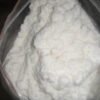


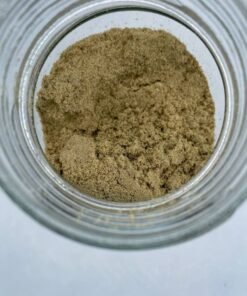
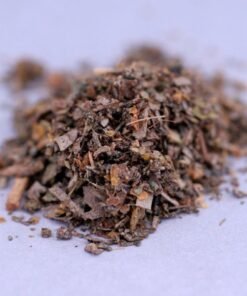
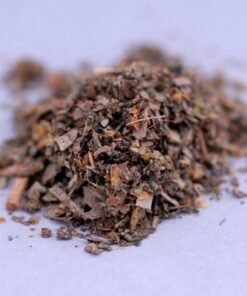

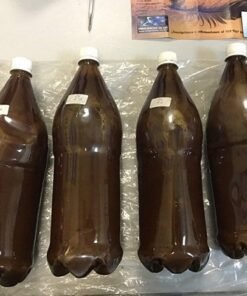
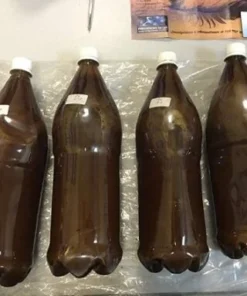
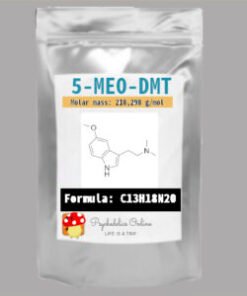
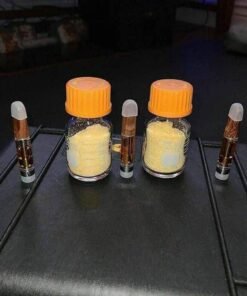
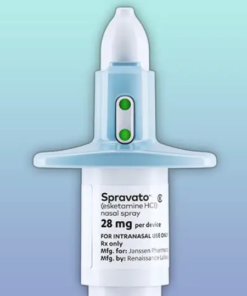

Reviews
There are no reviews yet.